The Mobile App Testing Guide for Beginners
Mobile apps have become an integral part of our daily lives, from communication and entertainment to productivity and shopping. With millions of apps available across various platforms, ensuring that your app stands out requires more than just great functionality — it needs to be reliable, user-friendly, and bug-free. This is where mobile app testing comes in. If you’re new to mobile app testing, this guide will walk you through the basics, types of testing, and best practices to help you get started. What is Mobile App Testing? Mobile app testing is the process of evaluating a mobile application’s functionality, usability, performance, and security to ensure it meets quality standards and provides a seamless user experience. It involves testing the app on different devices, operating systems, and network conditions to identify and fix issues before the app is released to users. Mobile app testing is essential because it helps developers and QA teams ensure that the app works as intended, performs well under various conditions, and delivers a positive user experience. Without proper testing, apps may suffer from crashes, slow performance, or security vulnerabilities, which can lead to negative reviews, low user retention, and ultimately, failure in the market. Why is Mobile App Testing Important? Mobile app testing is crucial for several reasons. First, it ensures that the app functions as expected, meeting both user requirements and business goals. Second, it improves the user experience by identifying and resolving usability issues, such as confusing navigation or unresponsive buttons. Third, it enhances the app’s performance, ensuring it runs smoothly under various conditions, such as low battery or poor network connectivity. Fourth, it boosts security by identifying vulnerabilities that could compromise user data. Finally, mobile app testing builds trust with users by delivering a high-quality app that they can rely on. In a competitive market, where users have countless alternatives, a well-tested app can make all the difference in retaining users and achieving success. Types of Mobile App Testing Mobile app testing can be broadly categorized into several types, each focusing on a specific aspect of the app. Functional testing ensures that all features and functionalities work as intended, such as login functionality or form submissions. Usability testing evaluates the app’s user interface (UI) and overall user experience (UX), ensuring it is intuitive and easy to navigate. Performance testing assesses how the app performs under different conditions, such as high user load or limited network bandwidth. Compatibility testing ensures the app works across various devices, operating systems, screen sizes, and resolutions. Security testing identifies vulnerabilities and ensures the app protects user data. Localization testing verifies that the app is adapted for different languages, regions, and cultures. Finally, installation testing ensures the app installs, updates, and uninstalls correctly. Each type of testing plays a vital role in delivering a high-quality app. Key Challenges in Mobile App Testing Mobile app testing comes with its own set of challenges. One of the biggest challenges is device fragmentation, as apps must be tested across a wide range of devices, screen sizes, and operating system versions. Another challenge is network variability, as apps must perform well under different network conditions, such as 3G, 4G, or Wi-Fi. Simulating real-world user behavior can also be difficult, as testers must account for various user interactions and scenarios. Additionally, time constraints often make it challenging to deliver high-quality apps within tight deadlines. Overcoming these challenges requires careful planning, the right resources, and a structured testing approach. The Mobile App Testing Process A structured testing process ensures thorough evaluation and high-quality results. The first step is to define test objectives, identifying the goals of testing, such as verifying functionality or improving performance. Next, create a test plan that outlines the scope, approach, resources, and schedule for testing. Then, design test cases that cover all functionalities, edge cases, and user scenarios. After that, set up the test environment, preparing the necessary devices, operating systems, and network conditions. Execute the tests, recording the results and focusing on both manual and automated testing as needed. Report and track any defects found during testing, and retest to confirm that fixes have been implemented. Finally, perform a final round of testing to ensure the app is ready for release. Best Practices for Mobile App Testing To ensure effective mobile app testing, follow these best practices. First, test early and often, starting as early as possible in the development cycle to catch issues sooner. Second, prioritize critical functionalities, focusing on core features that are e
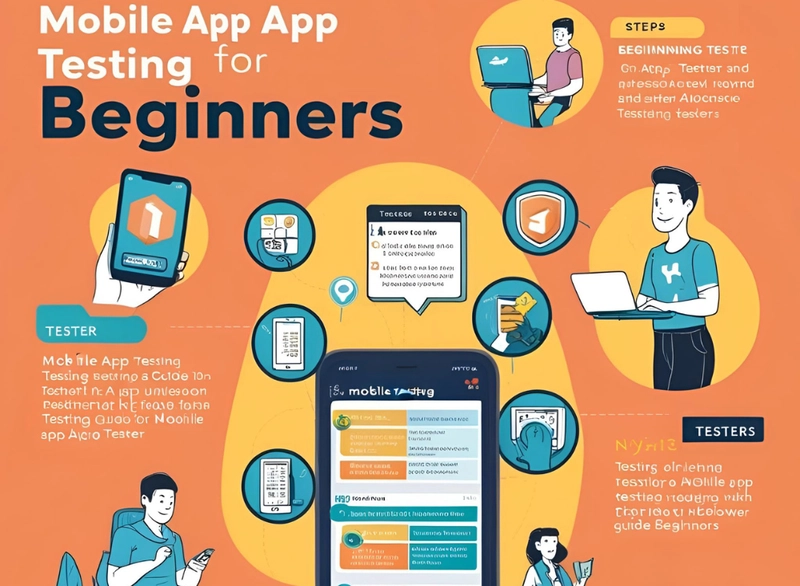
Mobile apps have become an integral part of our daily lives, from communication and entertainment to productivity and shopping. With millions of apps available across various platforms, ensuring that your app stands out requires more than just great functionality — it needs to be reliable, user-friendly, and bug-free. This is where mobile app testing comes in. If you’re new to mobile app testing, this guide will walk you through the basics, types of testing, and best practices to help you get started.
What is Mobile App Testing?
Mobile app testing is the process of evaluating a mobile application’s functionality, usability, performance, and security to ensure it meets quality standards and provides a seamless user experience. It involves testing the app on different devices, operating systems, and network conditions to identify and fix issues before the app is released to users. Mobile app testing is essential because it helps developers and QA teams ensure that the app works as intended, performs well under various conditions, and delivers a positive user experience. Without proper testing, apps may suffer from crashes, slow performance, or security vulnerabilities, which can lead to negative reviews, low user retention, and ultimately, failure in the market.
Why is Mobile App Testing Important?
Mobile app testing is crucial for several reasons. First, it ensures that the app functions as expected, meeting both user requirements and business goals. Second, it improves the user experience by identifying and resolving usability issues, such as confusing navigation or unresponsive buttons. Third, it enhances the app’s performance, ensuring it runs smoothly under various conditions, such as low battery or poor network connectivity. Fourth, it boosts security by identifying vulnerabilities that could compromise user data. Finally, mobile app testing builds trust with users by delivering a high-quality app that they can rely on. In a competitive market, where users have countless alternatives, a well-tested app can make all the difference in retaining users and achieving success.
Types of Mobile App Testing
Mobile app testing can be broadly categorized into several types, each focusing on a specific aspect of the app. Functional testing ensures that all features and functionalities work as intended, such as login functionality or form submissions. Usability testing evaluates the app’s user interface (UI) and overall user experience (UX), ensuring it is intuitive and easy to navigate. Performance testing assesses how the app performs under different conditions, such as high user load or limited network bandwidth. Compatibility testing ensures the app works across various devices, operating systems, screen sizes, and resolutions. Security testing identifies vulnerabilities and ensures the app protects user data. Localization testing verifies that the app is adapted for different languages, regions, and cultures. Finally, installation testing ensures the app installs, updates, and uninstalls correctly. Each type of testing plays a vital role in delivering a high-quality app.
Key Challenges in Mobile App Testing
Mobile app testing comes with its own set of challenges. One of the biggest challenges is device fragmentation, as apps must be tested across a wide range of devices, screen sizes, and operating system versions. Another challenge is network variability, as apps must perform well under different network conditions, such as 3G, 4G, or Wi-Fi. Simulating real-world user behavior can also be difficult, as testers must account for various user interactions and scenarios. Additionally, time constraints often make it challenging to deliver high-quality apps within tight deadlines. Overcoming these challenges requires careful planning, the right resources, and a structured testing approach.
The Mobile App Testing Process
A structured testing process ensures thorough evaluation and high-quality results. The first step is to define test objectives, identifying the goals of testing, such as verifying functionality or improving performance. Next, create a test plan that outlines the scope, approach, resources, and schedule for testing. Then, design test cases that cover all functionalities, edge cases, and user scenarios. After that, set up the test environment, preparing the necessary devices, operating systems, and network conditions. Execute the tests, recording the results and focusing on both manual and automated testing as needed. Report and track any defects found during testing, and retest to confirm that fixes have been implemented. Finally, perform a final round of testing to ensure the app is ready for release.
Best Practices for Mobile App Testing
To ensure effective mobile app testing, follow these best practices. First, test early and often, starting as early as possible in the development cycle to catch issues sooner. Second, prioritize critical functionalities, focusing on core features that are essential to the app’s success. Third, use real devices to simulate real-world conditions and user interactions. Fourth, leverage automation to improve efficiency and reduce manual effort. Fifth, simulate network conditions to ensure the app performs well under different network speeds. Sixth, involve real users through beta testing or feedback sessions to identify usability issues. Finally, monitor performance post-launch, continuously tracking the app’s performance and user feedback to address any issues that arise after release.
Conclusion
Mobile app testing is a critical step in delivering a high-quality app that meets user expectations and stands out in a competitive market. By understanding the different types of testing, following a structured process, and adhering to best practices, you can ensure your app is reliable, user-friendly, and secure. Whether you’re a beginner or an experienced tester, mobile app testing requires a combination of technical skills, attention to detail, and a user-centric approach. Start implementing these strategies today and take your mobile app testing to the next level!










































































































































































![[The AI Show Episode 143]: ChatGPT Revenue Surge, New AGI Timelines, Amazon’s AI Agent, Claude for Education, Model Context Protocol & LLMs Pass the Turing Test](https://www.marketingaiinstitute.com/hubfs/ep%20143%20cover.png)















































































































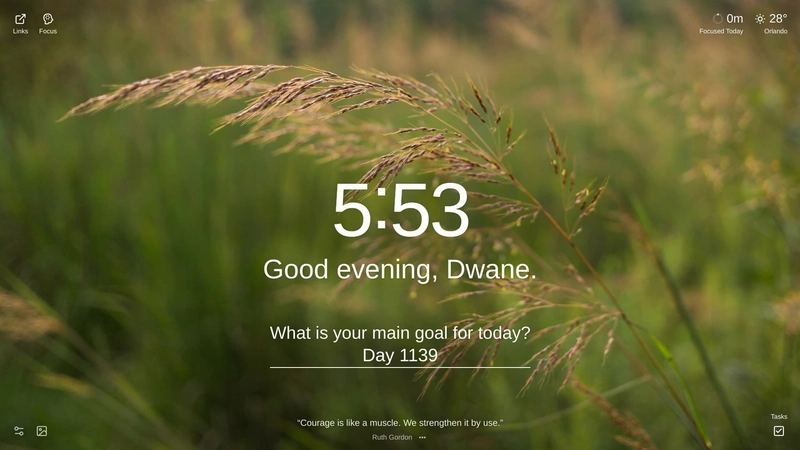






























































.png?#)
.png?width=1920&height=1920&fit=bounds&quality=70&format=jpg&auto=webp#)


























































































.png?#)
















































































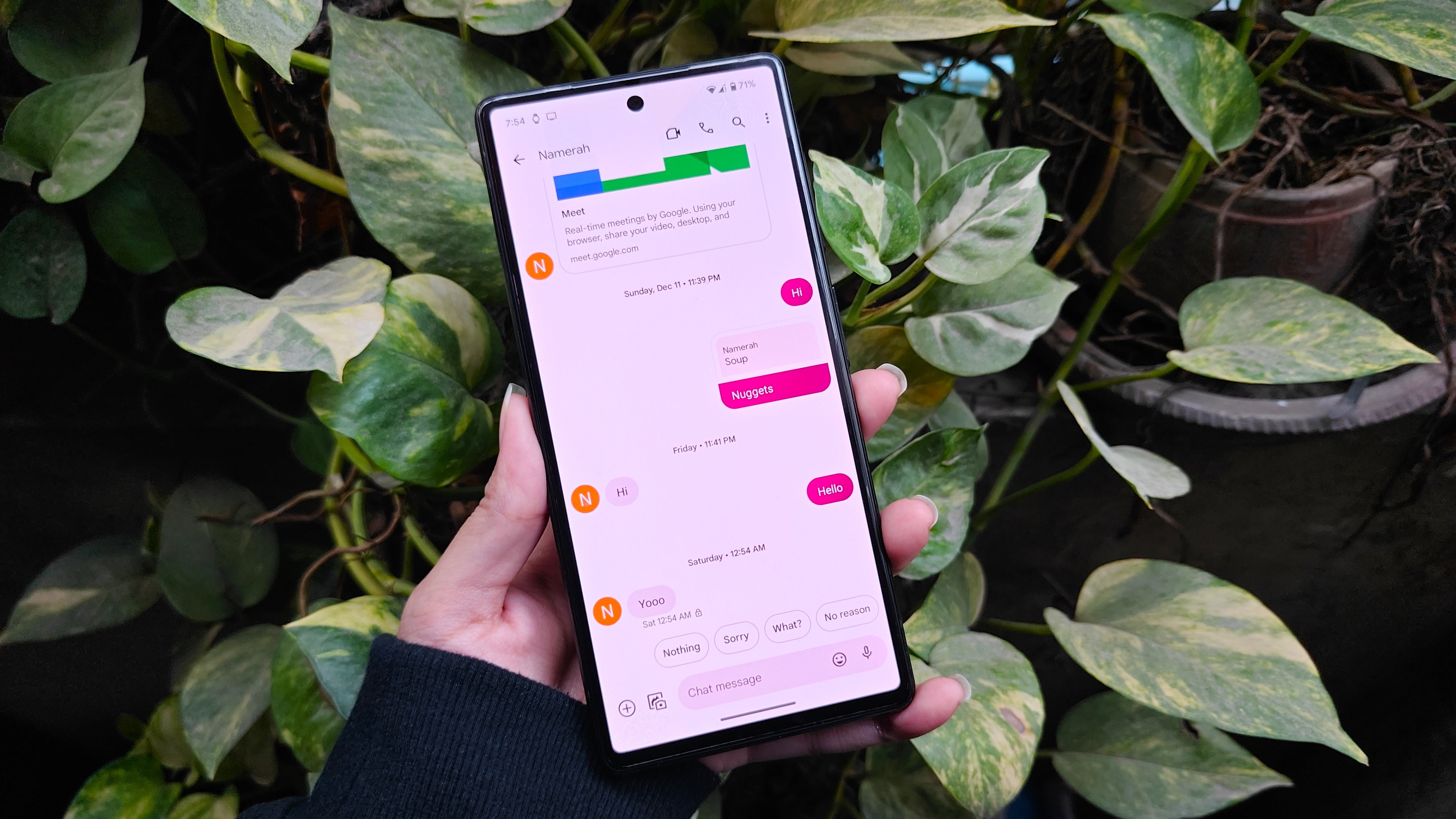

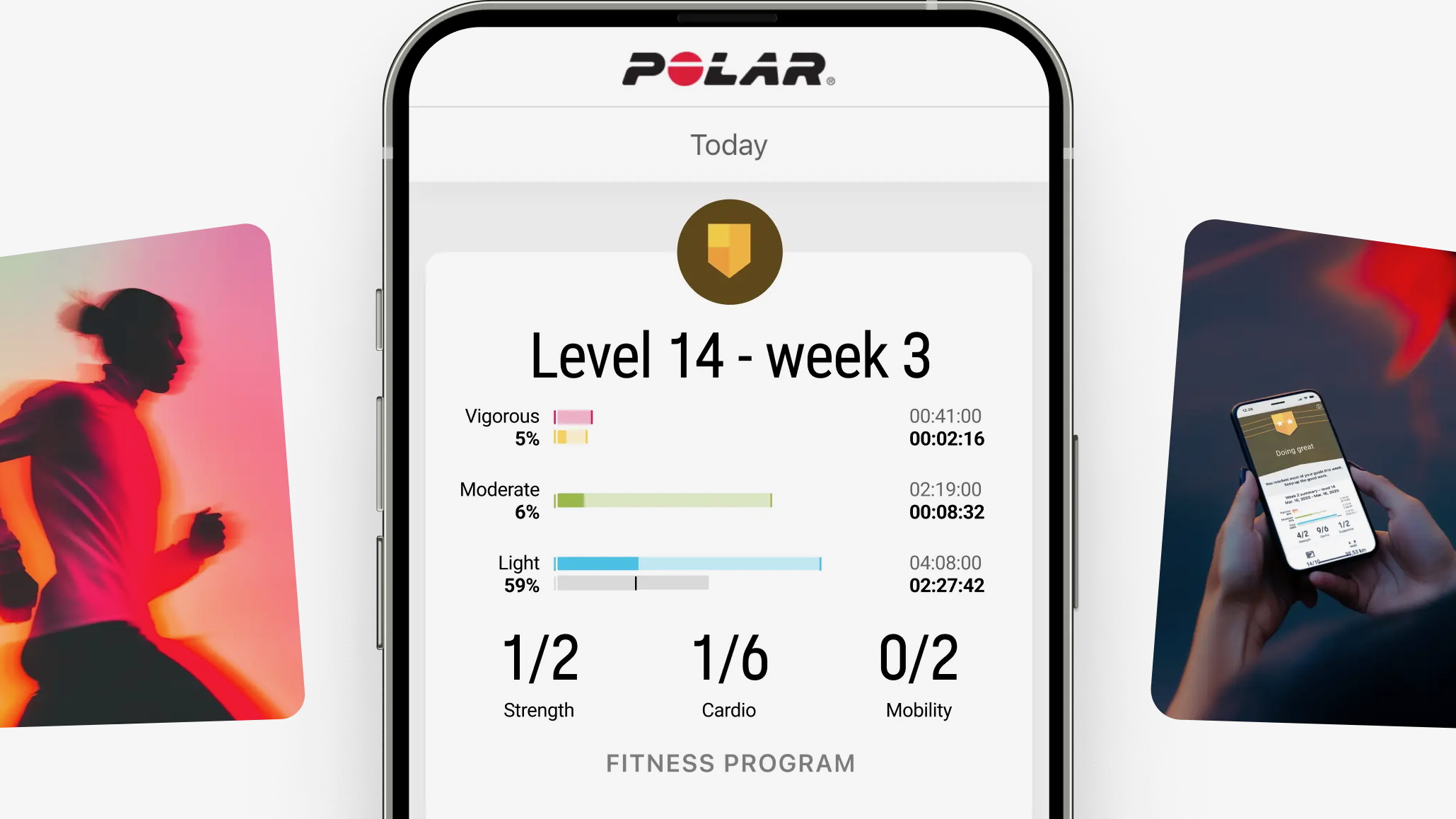


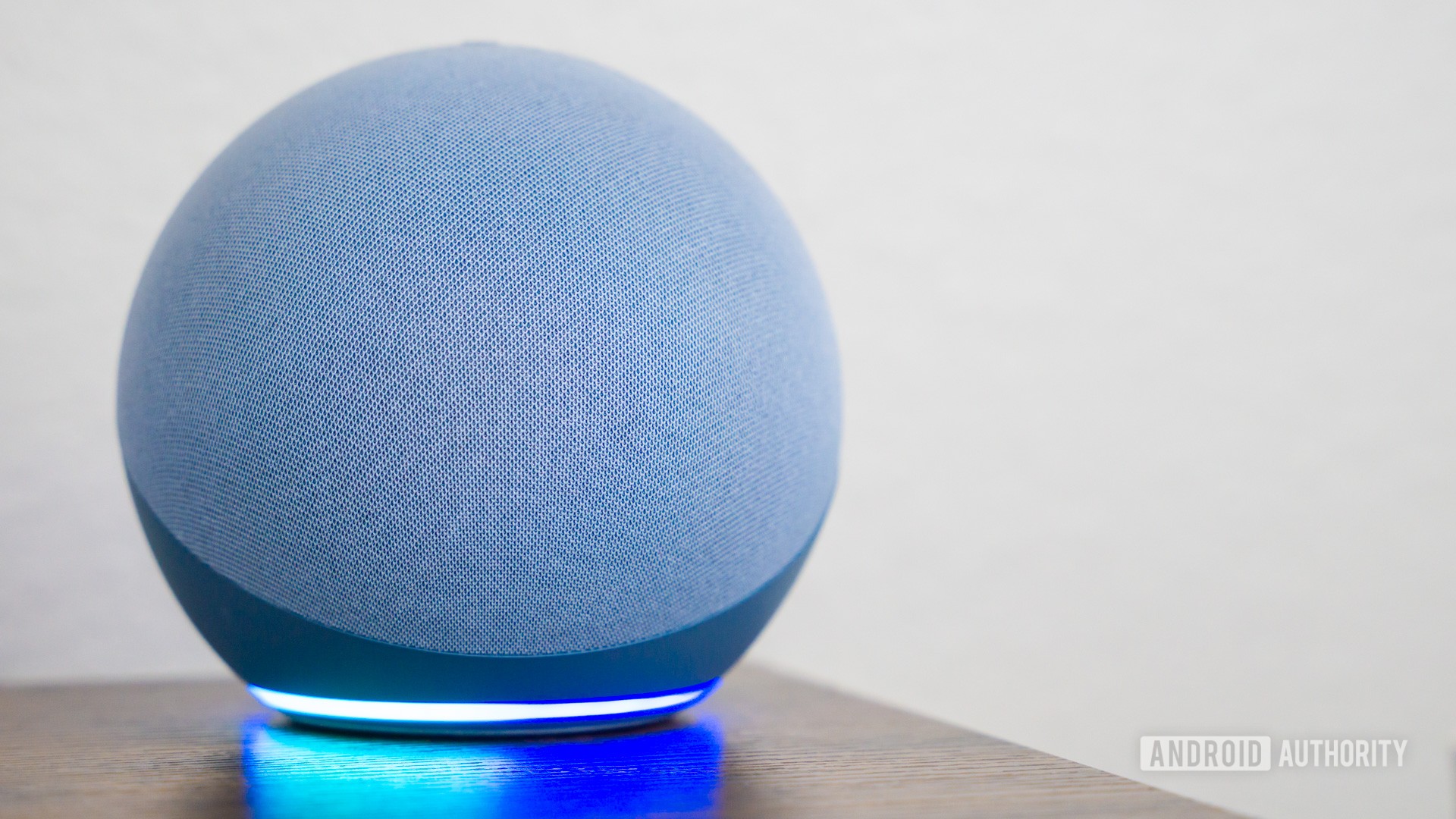


















![Apple Posts Full First Episode of 'Your Friends & Neighbors' on YouTube [Video]](https://www.iclarified.com/images/news/96990/96990/96990-640.jpg)

![Apple May Implement Global iPhone Price Increases to Mitigate Tariff Impacts [Report]](https://www.iclarified.com/images/news/96987/96987/96987-640.jpg)
![Apple Aims to Launch Revamped Siri This Fall After AI Setbacks [Report]](https://www.iclarified.com/images/news/96984/96984/96984-640.jpg)















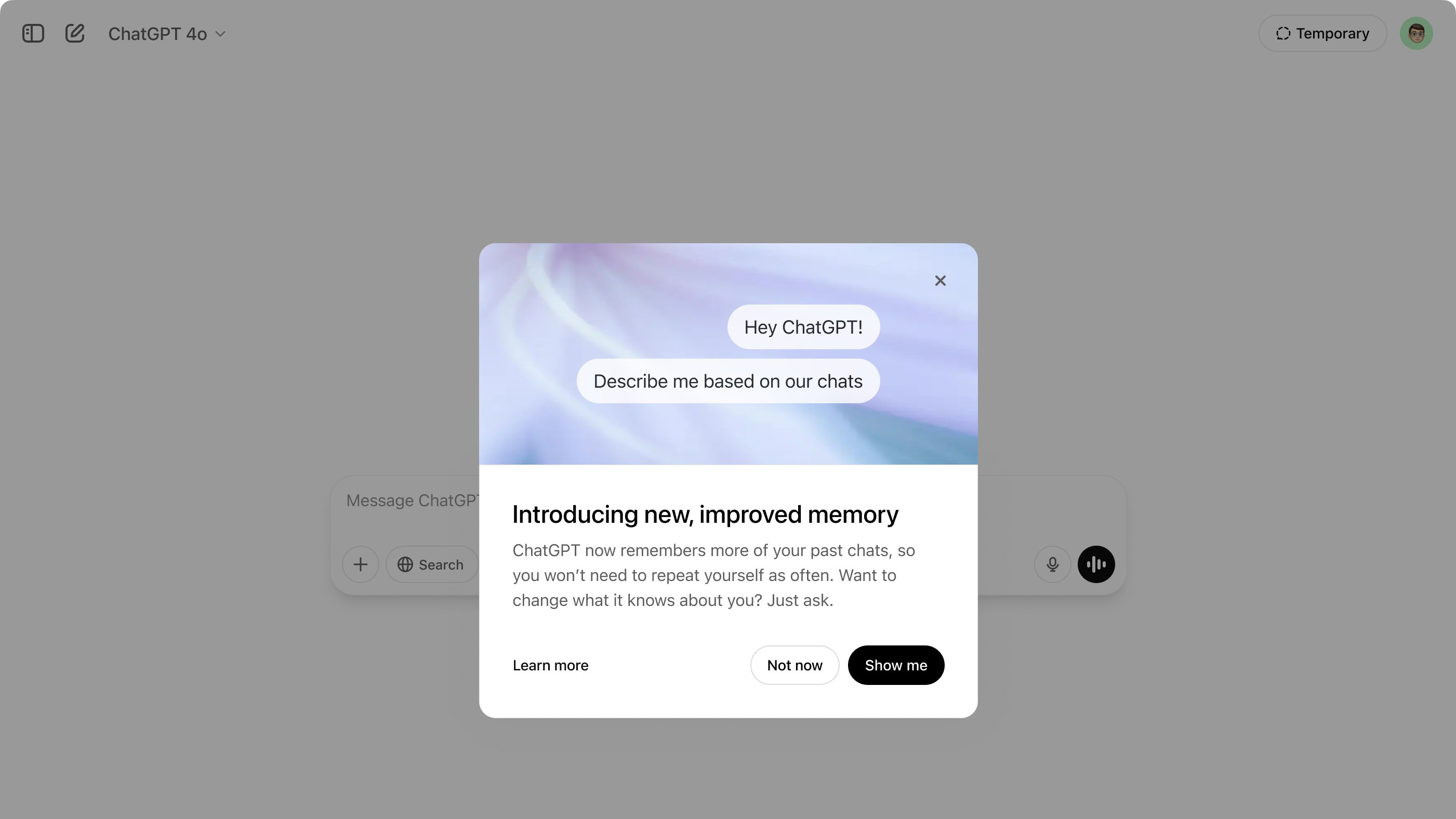



















































![[Weekly funding roundup April 5-11] VC inflows into Indian startups remain subdued](https://images.yourstory.com/cs/2/220356402d6d11e9aa979329348d4c3e/WeeklyFundingRoundupNewLogo1-1739546168054.jpg)




























































